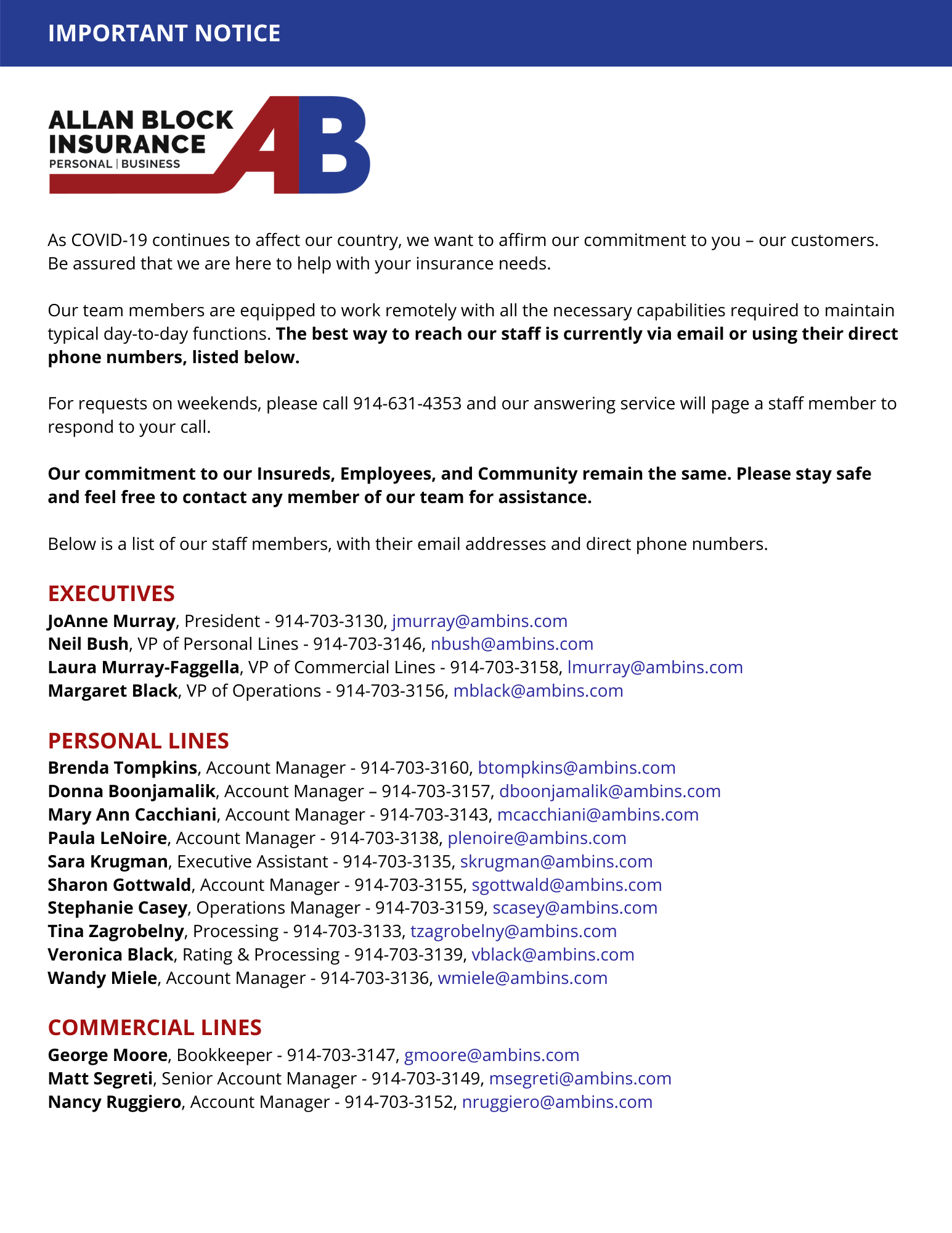Your initial workers comp premium is only an estimate of your annual total premium. When you purchase or renew your policy, you estimate your payroll for the policy year. Downturns in the economy or new hires can change your estimates, creating either a refund or, potentially, additional premium charges. This audit is customary on most workers compensation policies.
To avoid an unexpected charge or refund, it’s best to review your payroll quarterly. Compare your quarterly payroll against the amounts you initially reported to your insurer. Dramatic premium changes can occur suddenly. For example, if you had COVID-19 layoffs, your payroll may have declined dramatically. Some service companies, like plumbers, reported higher payrolls as more people stayed home, upgrading their plumbing or remodeling bathrooms and kitchens. Hiring additional personnel, especially with a new class code, can dramatically change your premiums. Business owners don’t want to find out they owe a large additional premium.
And if you work with 1099 contractors or staffing agencies, review your relationships with a discerning eye. More states are taking a fresh look at who is a contractor and who is an employee. A change in your employee rosters could create a discrepancy in your workers comp reporting.



